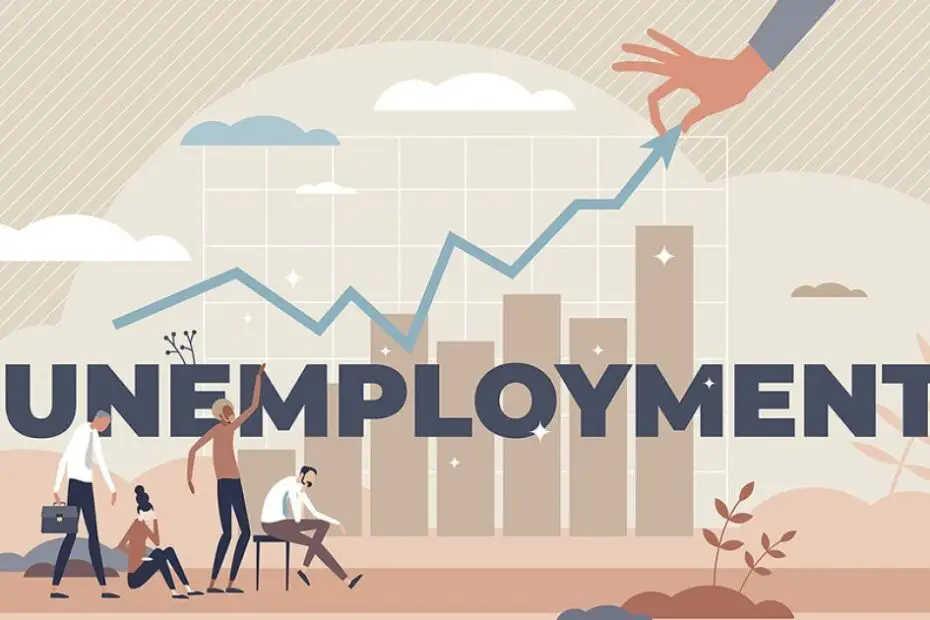Contents
hide
Key Takeaways
To combat unemployment in the Philippines, we need to tackle rapid population growth, address underemployment among graduates, and confront structural job scarcity head-on. Through strategic planning, educational reform, and job creation, we can lower unemployment rates and provide better opportunities for workers. It is crucial for the government and stakeholders to collaborate effectively to ensure lasting economic stability and growth.Economic Factors Contributing to Unemployment
Economic dynamics wield a mighty influence on the Philippines’ unemployment landscape. The real GDP growth rate, inflation levels, and foreign direct investment (FDI) flows stand as pivotal players in this scenario. The country grapples with soaring unemployment rates primarily due to sluggish economic expansion, failing to match the rapid population growth. As the real GDP growth falters, job opportunities struggle to keep pace with the expanding labor force, resulting in persistently high unemployment rates, particularly among the youth. Furthermore, the erratic inflation levels add to the labor market woes. High inflation diminishes individuals’ purchasing power, hampering business growth and job creation. Additionally, the ebb and flow of foreign direct investments serve as a catalyst for economic vitality and employment prospects. Inadequate FDI inflows impede job generation and compound the unemployment challenges in the Philippines.Educational Challenges and Unemployment
In the Philippines, high unemployment rates are fueled by a crucial issue: the gap between education and job requirements. Many graduates struggle to find work because they lack the practical skills employers seek. Educational institutions often fail to equip students with the necessary competencies for various industries, creating a disconnect between classroom learning and workplace demands. This gap impedes a smooth transition from school to work, exacerbating the country’s unemployment woes. Addressing these educational challenges is key to lowering unemployment rates, promoting job growth, and aligning workforce skills with market needs.Impact of Technological Advancements on Unemployment
Technological progress in the Philippines has led to a surge in unemployment as traditional manual jobs are replaced by automation and artificial intelligence. Industries like manufacturing, agriculture, and services have undergone a transformation, resulting in job displacement and a decreased need for manual labor. The rapid adoption of digitalization and robotics has widened the skills gap, leaving many workers unprepared for the changing job landscape. Companies are optimizing operations and enhancing efficiency through technology, leading to workforce reductions and heightened competition for jobs. To combat the impact of technology on unemployment, individuals must prioritize upskilling and reskilling to thrive in a rapidly evolving labor market.How Does the Government in the Philippines Address Unemployment Issues?
The three government branches Philippines work together to address unemployment issues. The executive branch implements policies and programs to create more job opportunities. The legislative branch enacts laws to support employment growth. The judicial branch ensures labor laws are upheld, ensuring fair treatment for employees and employers.
Social Factors Influencing Unemployment Rates
The evolving job landscape in the Philippines is shaped by technological advancements, driving the need to understand the social factors impacting unemployment rates. High levels of unemployment are fueled by rapid population growth and increased labor force participation. Overpopulation has created a surplus of labor, intensifying job competition. The shift towards a larger working-age population has also contributed to rising unemployment. Moreover, inadequate education and skills training programs hamper the labor force’s adaptability to the job market’s demands, worsening the situation. Social disparities and unequal access to job opportunities further perpetuate the unemployment challenge in the Philippines. Addressing these social factors is crucial to fostering a more inclusive and sustainable job market, capable of accommodating the expanding workforce and reducing unemployment rates effectively.Government Policies and Unemployment Trends
Government policies play a crucial role in shaping unemployment trends in the Philippines. Here are three essential points to consider:- Boost Economic Growth: A soaring economy creates more job opportunities, reducing unemployment. Government initiatives like infrastructure development and investment incentives can fuel economic growth, benefiting the labor market.
- Set Realistic Minimum Wage: A competitive minimum wage that aligns with living costs is key to lowering unemployment rates. Workers need fair pay to stay motivated and engaged in the workforce.
- Focus on High-Demand Industries: Encouraging growth in industries that require more workers can absorb the workforce effectively. Tailoring policies to meet labor market demands is vital for managing unemployment trends effectively.
